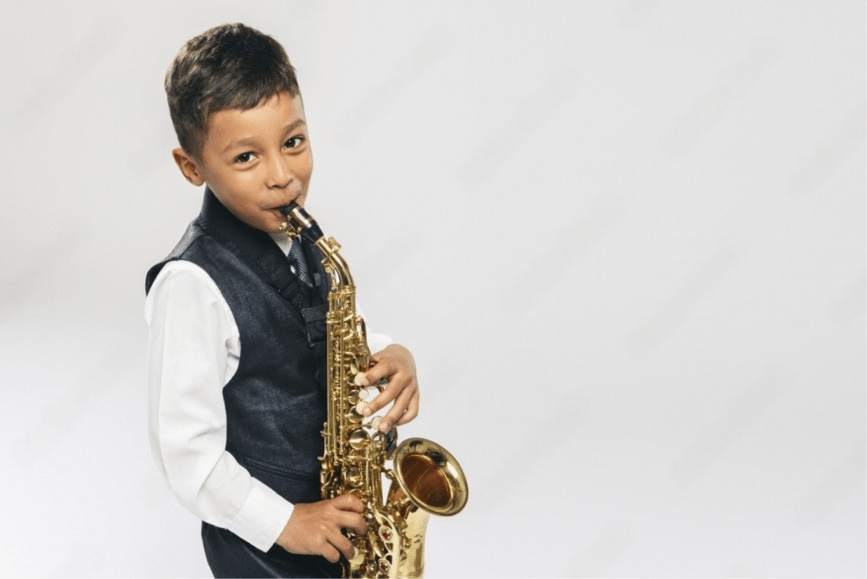Choosing the Right Saxophone: A Guide for Beginners
01 February 2023
Choosing your first saxophone is an important step for those embarking on their musical journey. To make the right choice, several key factors should be considered.
The first step in choosing a saxophone is determining your musical goals and needs. For beginners, it is recommended to select a mid-range saxophone that combines good quality with an affordable price. This will allow you to produce a pleasant sound and play comfortably without overpaying for professional features.
The second important aspect when choosing a saxophone is its type. Saxophones come in alto, tenor, baritone, and soprano variations. For beginners, the alto saxophone is most suitable, as it has a more convenient key layout and can be used to play a wide range of musical genres.
The third criterion for selection is the brand and manufacturer of the saxophone. It is important to choose instruments from reputable and well-known manufacturers such as Yamaha, Selmer, Jupiter, and others. This ensures the quality and reliability of the instrument and facilitates its subsequent maintenance and repair.
For children, it is recommended to choose saxophones with reduced dimensions and lighter weight so that they can easily hold the instrument and learn to play it. For adults, it is important to pay attention to the ergonomics and comfort of playing to avoid discomfort and fatigue during lessons.
Reduced-size alto saxophone models are specifically designed for children and young people. They have more compact dimensions and less weight, making them easier to handle and more comfortable to play. Such alto saxophones are suitable for children of medium and small stature, starting from about 8-10 years old.
It is important to choose an alto saxophone of the appropriate size so that the child or teenager feels comfortable during play and can freely develop their musical abilities. Therefore, before making a purchase, it is worth paying attention to the dimensions of the instrument and consulting with experienced teachers or consultants in the store.
When choosing a saxophone, it is also worth paying attention to its condition. It is preferable to purchase a new instrument or, if this is not possible, to turn to trusted craftsmen and stores where a warranty is provided for the instrument.
For a full-fledged saxophone playing experience, several additional items need to be purchased, which are often sold separately:
- Reed: The reed is a key element for producing sound on the saxophone. It is placed on the mouthpiece and vibrates when played, creating sound. Reeds come in different thicknesses and stiffness, and the choice of reed depends on individual preferences and the player's skill level.
- Mouthpiece: The mouthpiece is a part of the saxophone through which the performer blows air into the instrument. The mouthpiece also affects the saxophone's sound characteristics and can be chosen according to individual preferences and playing style.
- Strap (neck strap): The strap is designed to hold the saxophone around the player's neck during performance. It provides comfort and convenience during playing, especially for extended practice sessions or performances.
These items are an integral part of the equipment for playing the saxophone and are usually sold separately from the instrument itself.
It is important to remember that choosing the right saxophone is an investment in your musical talent and development. Therefore, it is worth dedicating sufficient time and attention to this process in order to later derive maximum enjoyment from saxophone lessons and playing this wonderful instrument.




